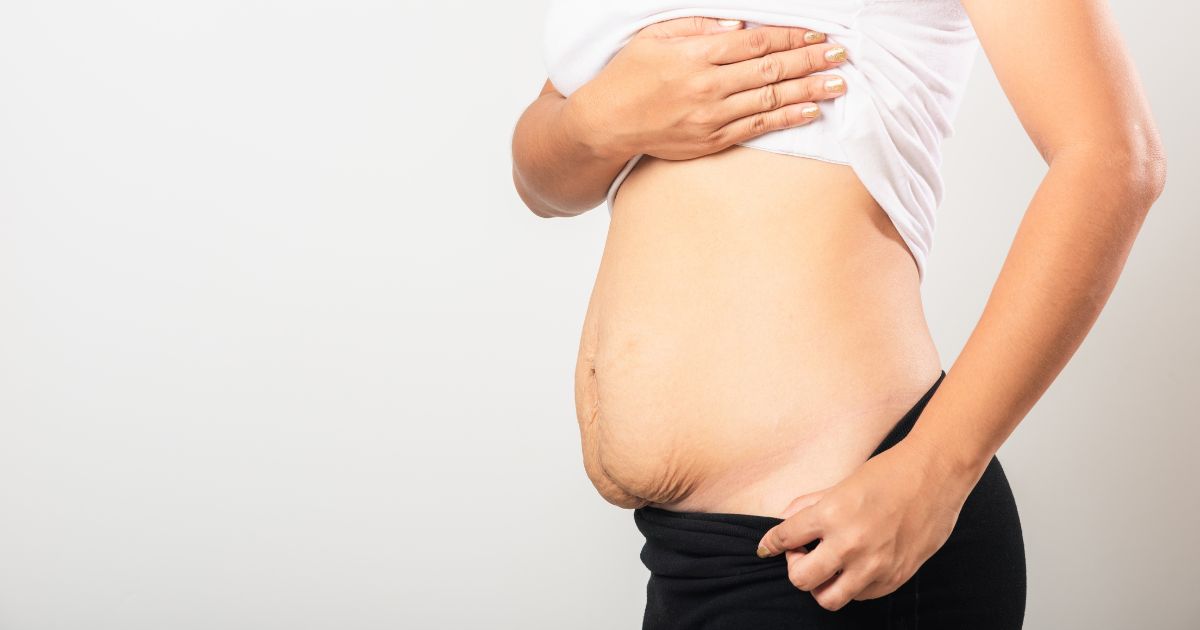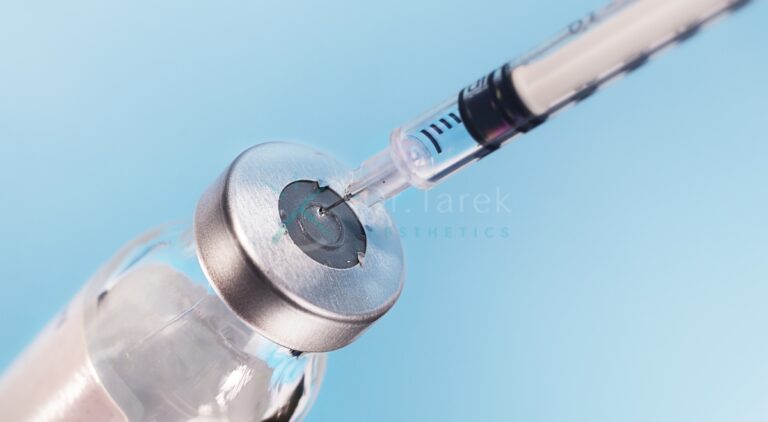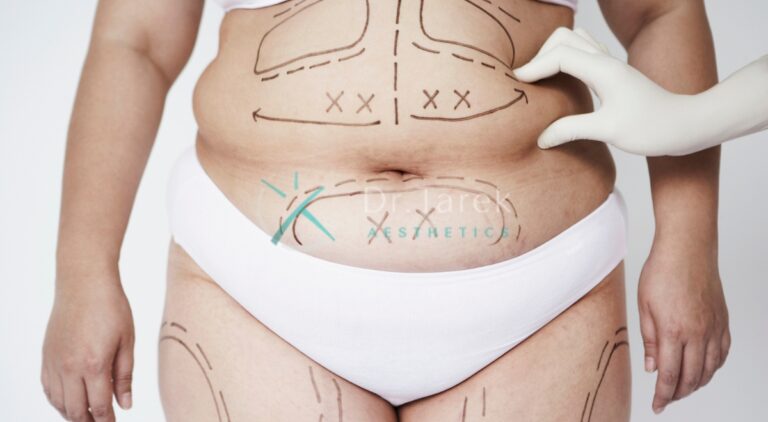Liposuction is a popular cosmetic surgery that removes fat deposits from specific areas of the body. During the procedure, a plastic surgeon inserts a small tube called a cannula under the skin to break up and suction out fat.
Many patients consider liposuction to improve the appearance of their bodies by removing stubborn fat. However, some worry the procedure may lead to loose, sagging skin. So, does liposuction cause loose skin? Here’s what you need to know.
How does Liposuction work?
During liposuction, a surgeon makes tiny incisions and inserts a cannula attached to a vacuum device. The cannula dislodges and vacuums out fat below the skin’s surface without removing other tissues.
Dubai Lipo is a popular cosmetic procedure in dubai that helps remove excess fat from the body to achieve a slimmer figure.
Common sites for liposuction
- Abdomen
- Flanks or “love handles”
- Upper arms
- Inner and outer thighs
- Buttocks
- Neck and under the chin
Plastic surgeons often perform liposuction along with other procedures like tummy tucks, breast reductions, and body lifts to enhance body contours.
Book A Consultation With Dr Tarek Bayazid
Top-rated Plastic Surgeon For Liposuction in Dubai
Installment Plan Available
Does Liposuction Cause Loose Skin?
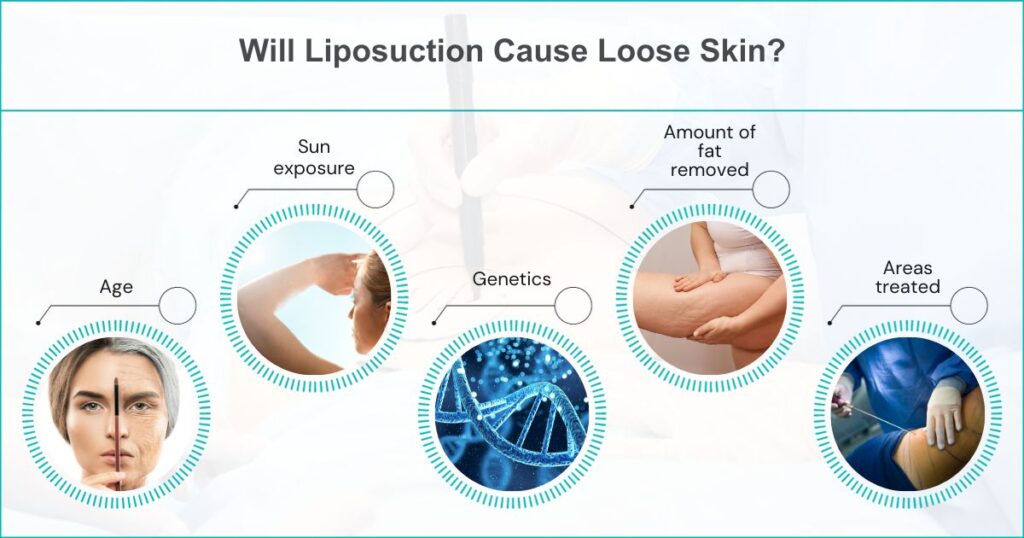
Removing fat without trimming away excess skin can result in loose skin after liposuction. However, skin elasticity plays the most significant role in skin tightening after fat removal.
Factors that determine skin elasticity
- Age
Older skin loses elasticity over time. Liposuction patients over age 40 may notice more skin laxity than younger patients.
- Sun exposure
Years of sun exposure can damage collagen and elastin fibres in the skin, making it less likely to snap back after liposuction.
- Genetics
Some people inherit great skin elasticity, while for others, skin is looser.
- Amount of fat removed
If a large volume of fat is removed during liposuction, the remaining skin may be too large for the new body contours.
- Areas treated
The skin on the abdomen, arms, and other regions tend to have less elasticity than the skin on the face, neck, and some other zones.
Who Gets Loose Skin After Liposuction?
While a bit of loose skin can happen to anyone after liposuction, some patients have a higher risk profile:
| Risk Factor | Description |
| Age over 40 years | Skin elasticity declines with older age |
| Extensive sun damage | Sun exposure breaks down collagen in the skin |
| Large-volume fat removal | The skin may not retract adequately |
| Poor genetic elasticity | Predetermined skin laxity |
| Liposuction of less elastic areas | The abdomen, arms, and inner thighs have less elasticity |
Surgical Techniques to Minimise Loose Skin
Many advanced liposuction techniques can remove fat and stimulate skin retraction with minimal sagging.
| Technique | Benefits |
| UAL – Ultrasound Assisted | Triggers internal skin tightening |
| LAL – Laser-Assisted | Stimulates collagen regeneration |
| PAL – Power Assisted | Rapid extraction minimises fluid fill time |
| Tickle Liposuction | Preserves connective tissue for support |
| Skin Pinch Excision | Limited targeted skin removal |
To achieve smooth results, your plastic surgeon will select methods according to your skin elasticity, treatment area, and amount of fat extracted.
What Are The Non-Surgical Options If Loose Skin Persists?
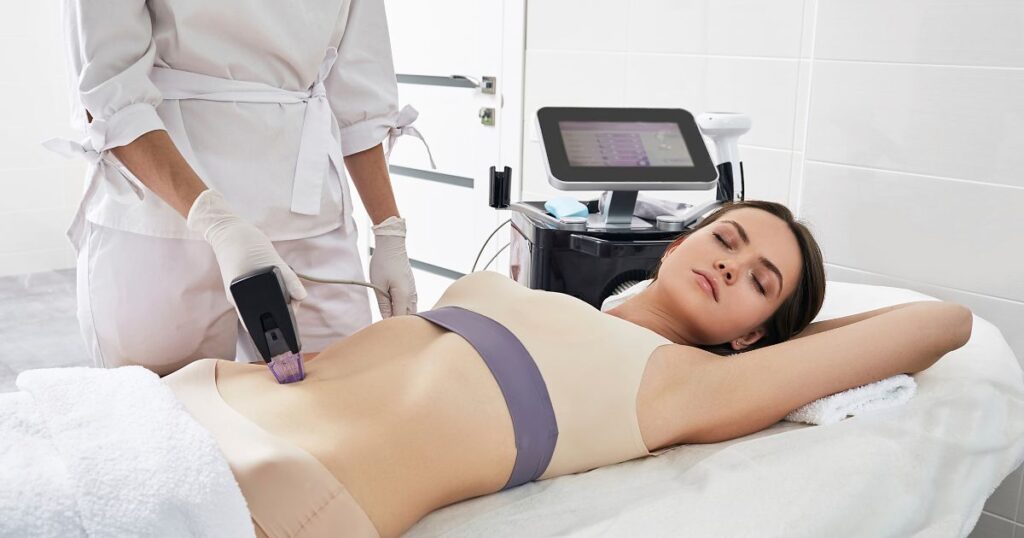
In some cases, laser skin tightening treatments performed after liposuction can minimise small degrees of lingering looseness non-surgically. Options include:
- Radiofrequency skin tightening – Heats deeper skin layers to renew collagen.
- Fractional laser skin resurfacing – Laser micro wounds prompt tightening collagen remodelling.
- Ultherapy® – Focused ultrasound technology lifts and firms skin from inside the cells.
Although modest laxity may sometimes respond to non-invasive treatments, substantial loose skin requires surgical excision and rearrangement procedures.
Can Liposuction Be Combined With Skin Lifting Surgery?
If liposuction alone would leave considerable excess skin, some plastic surgeons recommend a combined surgical approach. Common combinations include:
- Tummy tuck + abdominal liposuction
- Body lift + thigh or arm liposuction
- Facelift and neck lift + submental neck lipo
By excising loose skin and improving body contours in the same surgery, patients can complete contour restoration in a single operation with quicker recovery versus staged procedures.
What Are The Options If You Develop Loose Skin After Liposuction?
For patients who do get loose skin after liposuction, various options exist to treat it:
Allow Skin to Retract
After significant fat removal, skin often takes 6 to 12 months to retract as much as possible fully. Some patients see improvements over one year post-op without intervention.
Topical Skin Products
Moisturisers, serums, and retinoids can improve tone and elasticity. Topical treatments likely won’t fully resolve loose skin concerns alone but can be used with other modalities.
Ultrasound Skin Tightening
Ultrasound energy heats the skin from the inside out to stimulate collagen for lifting and tightening effects. It’s non-surgical, with progressive improvements over 2-3 treatment sessions.
- Botox relaxes muscles to smooth the skin’s surface
- Fillers add volume to tighten and contour
- PDO thread lift involves inserting absorbable threads to lift the skin
Body Contouring Surgery
Surgical procedures trim away excess skin and tighten underlying tissues. Options include:
- Abdominoplasty (tummy tuck) : Removes excess skin/fat from the belly
- Lower body lift : Removes loose skin from outer/inner thighs and buttocks
- Arm lift (Brachioplasty) : Excises and tightens drooping upper arm skin
For optimal results with these procedures, patients are advised to reach or get close to their final weight loss goals. That way, surgeons remove the right amount of excess skin so that when the patient regains weight post-op, the skin won’t loosen again.
Minimising Loose Skin Risks With Liposuction
While not guaranteed, you can take proactive steps to reduce the chances of loose skin with liposuction. “Does Liposuction Target Thigh Cellulite?” No, liposuction mainly removes fat, but it doesn’t directly target the bumpy skin known as cellulite on your thighs. Liposuction Fat Disposition is a process where doctors remove extra fat from your body to help you look slimmer. It’s like vacuuming out the unwanted fat from specific parts of your body.
| Preventing Loose Skin | Treating Loose Skin |
| Maintain healthy weight | Allow 6-12 months for skin retraction |
| Hydrate & moisturise skin daily | Use topical skin products to improve elasticity |
| Avoid excess sun exposure | Try ultrasound skin-tightening treatments |
| Have multiple smaller procedures | Get injectable treatments for tightening/volume |
| Establish realistic fat removal goals | Undergo excisional body contouring surgery (tummy tuck, etc.) |
The Bottom Line
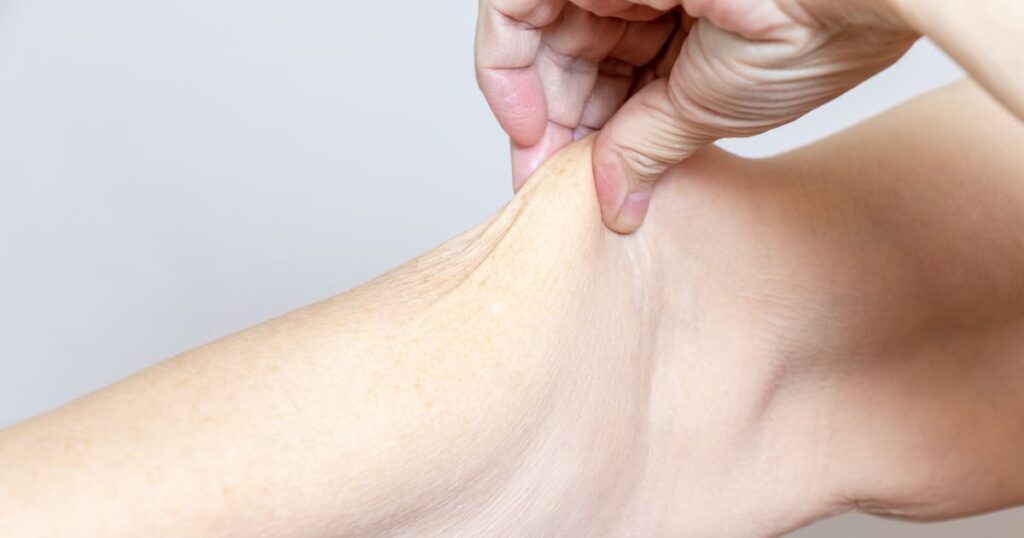
Moderate liposuction resulting in less than 10 pounds of fat removal generally will not cause loose skin in patients with decent skin elasticity. However, removing larger amounts does increase the chances of sagging skin or needing additional skin tightening treatments.
Multiple factors influence loose skin risks with liposuction, especially age, body area treatment, and pre-existing skin laxity issues like stretch marks. During your consultation, discuss your unique risks, set realistic goals for fat removal, and plan for potential secondary procedures if needed. With proper planning and care, most patients can undergo liposuction surgery and be pleased with their results.
To determine if you are a good liposuction candidate, schedule an in-person consultation with renowned Dubai plastic surgeon Dr Tarek Bayazid . He will examine your areas of concern, assess your skin quality, discuss your goals, and create a customised surgical plan aimed at preventing loose skin issues.
With advanced techniques refined over decades of experience, Dr Tarek Bayazid helps hundreds of liposuction patients contour trouble spots smoothly and naturally every year. Contact our friendly staff to book a consultation for liposuction consultation today.
FAQs about Liposuction and Loose Skin
Does liposuction remove skin, too?
No, liposuction only removes fat beneath the skin. It does not remove excess skin itself. Skin removal requires surgical excision, like in a tummy tuck procedure.
Should I lose weight before liposuction to prevent loose skin?
Ideally, yes. Being at or near your goal weight allows for better skin retraction after removing underlying fat deposits. It also lets surgeons know if remaining skin laxity issues are due to fat or excess skin.
Does liposuction cause wrinkles or make cellulite worse?
Liposuction causes fat loss evenly across treatment areas when performed properly. So, it should not distort your skin or make cellulite or wrinkles worse than their pre-operative state.
Can I avoid loose skin with VASER liposuction instead of traditional liposuction?
VASER liposuction uses ultrasound energy to break up fat prior to removal. However, all forms of liposuction carry risks of loose skin if larger fat volumes are removed. VASER does not specifically prevent loose skin better than traditional lipo.
How long should I wait to get pregnant after a liposuction?
Wait at least six months after liposuction to get pregnant. During pregnancy, women gain weight rapidly. So, allowing the skin to heal and tighten for 6+ months helps prevent stretching out the skin again too quickly.
